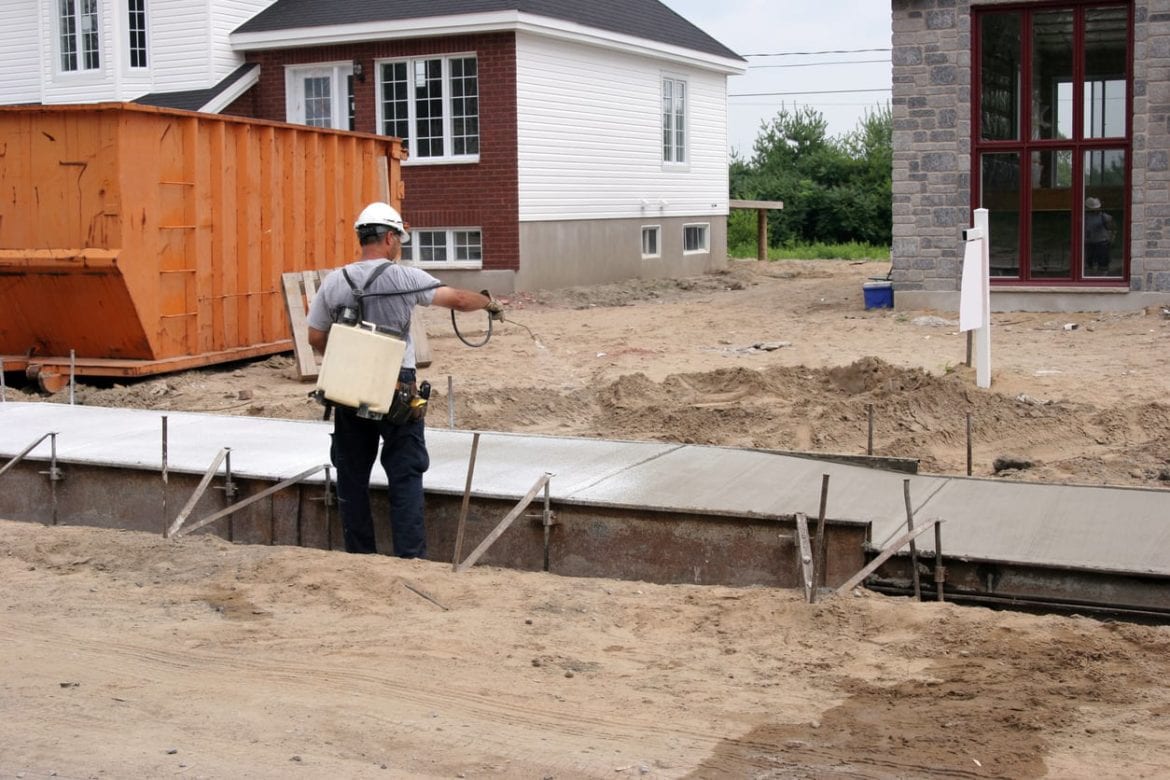Concrete is a delicate material. That is not to say that it is not strong – it is, in fact, one of the strongest man-made materials on Earth, and it can be reinforced with steel rebar to make it even stronger. It is also incredibly long-lasting, and has the potential to last tens of thousands of years, far longer than generations of human life. However, it is delicate in its creation, which needs to be fine-tuned to achieve the maximum potential strength of the future concrete.
Concrete is created through a precise mixing process of water, Portland cement, and some sort of aggregate, which can be sand and gravel. While many people use the term “cement” to refer to concrete, this is actually misleading as it is merely an ingredient in concrete. The concrete is mixed thoroughly with the proper proportions of each ingredient, before being poured soon thereafter.
After the pouring process, however, comes the most delicate part of the creation of concrete. Once concrete has been mixed and poured, is has to sit for a period of time before it has fully hardened. Without a constant level of temperature and moisture, the concrete will either crack from too much moisture, or dry out and crumble. These problems can be especially bad in the future, which is why many concrete professionals refer to a failed curing process has harming the concrete’s potential strength.
Most curing periods last around thirty days, after which the concrete can be walked on, used, and uncovered without any harm to its potential strength. It is also for this reason that you cannot typically apply a concrete sealer before the thirty day curing period. If you apply a concrete sealer to a concrete slab that has not fully cured, then you risk ruining and harming the concrete’s potential future strength. However, if you apply the sealer after the curing process has been completed, then your concrete will be perfectly strong and protected throughout its lifespan.

